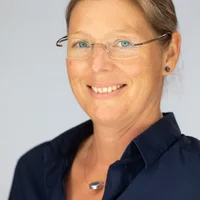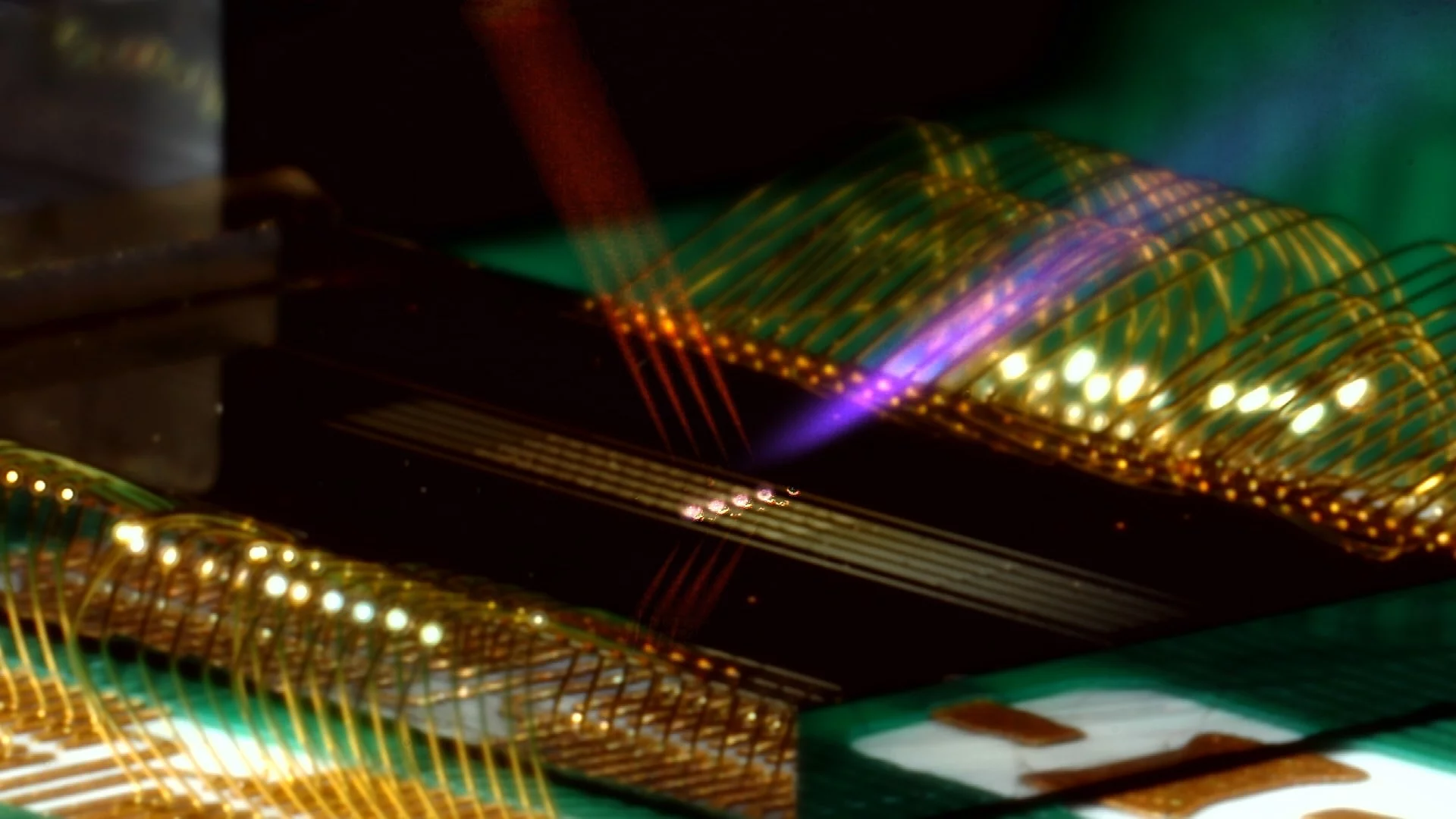Platforms that offer long ion chains with precise control over internal and motional degrees of freedom provide a versatile route towards quantum simulation and computation. Our setup features a microfabricated monolithic 3D ion trap designed for long ion chains. Segmented electrodes enable precise positioning of the ions, while a crossed acousto-optic deflector (AOD) system allows individual addressing. A high-power optical tweezer can be used to engineer both internal and motional state dynamics. Our research focuses on fundamental physics using optical tweezers, high-fidelity operations in long ion chains using optimal control, and quantum simulations of chemical dynamics.
One of the obstacles in scaling up trapped ion quantum computing is the increasing number of free-space lasers with increasing numbers of ions. These lasers are necessary for cooling the ions as well as performing quantum state manipulation and readout. In QCCD architectures, where ions are moved in two-dimensional trap arrays, individual addressing by free-space lasers further increases the system complexity. A promising avenue to address this challenge is the delivery of light through on-chip integrated waveguides, as previously demonstrated in the Home group at ETH Zurich [Mehta, 2019] for infrared light. Jointly with the ETH team, our group at PSI, is exploring this approach now in a 2D array that incorporates both UV and infrared light delivery through integrated photonics, combining Si3N4 and Al2O3 for the first time in an ion trap.
In order to achieve useful quantum computing, we need scalable quantum architectures. In trapped-ion quantum computing, this has led to replacing macroscopic 3D traps with surface ion traps. However, they have a lower trap depth, therefore the capture velocity of ions is lowered and so is the probability to trap them. Furthermore, loading them from an oven or an ablation target releases large numbers of hot atoms into the chamber, affecting the vacuum pressure and contaminating surfaces.
The goal of this project is to design a clean, compact and reliable cold atom source by guiding atoms in a hollow-core optical fiber. We want to answer a question: can it be realized in a way that is experimentally convenient and could be economically realized?




